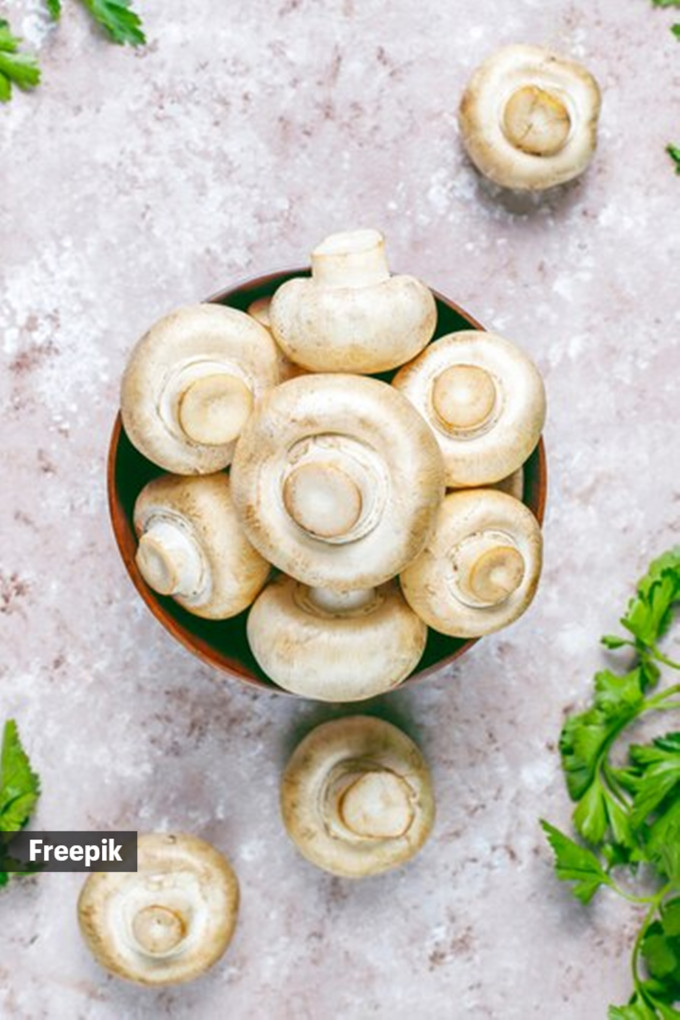‘This wasn’t an error. It was a deliberate act of chicanery’: Delhi restaurant slammed for serving cheap mushrooms as gourmet morels
A recent incident at one of Delhi’s popular fine-dining restaurants has sparked a heated debate about transparency and authenticity in gourmet cuisine after vascular surgeon and writer Ambarish Satwick took to X to call out the restaurant of a “culinary sleight of hand.”
Satwick claimed they swapped expensive morel mushrooms with far cheaper button mushrooms in a dish from their tasting menu. He wrote, “The offending dish, an offering on the tasting menu, promised morel, water chestnut, and asparagus, hidden beneath a ‘paper roast dosai’.”

He added, “What arrived under the dosa cone, was not the morel, but a drab cluster of the most ordinary button mushrooms, the kind one might expect in a roadside stir-fry, the fungal equivalent of a counterfeit handbag. If you’re going to list morels on the menu, then there better be morels on the plate, not the fungal detritus scraped from the bottom of a vegetable box.”
A tirade.
Against @Indian_Accent, Delhi’s much-lauded temple of gastronomy, where the well-heeled and the well-fed go to stroke their palates with innovation. A couple of days back, they were found peddling a culinary sleight of hand.
The offending dish, an offering on the… pic.twitter.com/wue4lJg3MX
— Ambarish Satwik (@AmbarishSatwik) September 9, 2024
The substitution was seen not just as an error but a deliberate act meant to deceive, raising questions about the integrity of high-end dining establishments.
What are morels?
Kanikka Malhotra, consultant dietician and certified diabetes educator tells indianexpress.com, “Morels are a type of wild mushroom known for their unique honeycomb-like appearance and rich, earthy flavour.”
Morels grow in the wild for a brief period, usually in the spring, and are challenging to cultivate. Their restricted availability increases their price and demand. Nothing compares to the unique, earthy, nutty flavour of morel mushrooms. Chefs highly prize them for their meaty texture, which elevates food to a gourmet level and allows for the creation of distinctive culinary experiences.
“Besides being low in calories, morels are rich in minerals like iron, copper, and manganese and contain vitamins like D and B. Their nutritional nature makes them more appealing, especially to fine dining patrons who are health-conscious,” says Malhotra
She continues that morels grow in the wild, often in remote forested areas, making harvesting labour-intensive. Foragers must carefully pick them by hand, adding to their exclusivity and cost.
How do they differ from more common mushrooms?
Malhotra explains, “With their deep, earthy, and nutty flavour, morels distinguish themselves from ordinary button mushrooms and provide a depth and richness that they cannot match. Unlike button mushrooms, which have a softer, more delicate feel, porous, meaty texture that absorbs flavours while keeping a solid bite is a result of their unique honeycomb structure. Morels are a highly sought-after item in fine dining, contributing a strong, smoky aroma that enriches gourmet dishes, while button mushrooms offer a mild and adaptable flavour. The intense taste and substantial texture of morels distinguish them as a genuine gourmet indulgence.”
 Morels have a firm, meaty bite with a unique spongy structure, while common mushrooms are softer and less substantial when cooked. (Source: Freepik)
Morels have a firm, meaty bite with a unique spongy structure, while common mushrooms are softer and less substantial when cooked. (Source: Freepik)
How can consumers differentiate between high-quality ingredients and their more common counterparts?
According to Malhotra, consumers can differentiate between high-quality ingredients like morels and their more common counterparts by paying attention to several key factors:
- Fine ingredients have unique, complex flavours, such as that of morels. Compared to less expensive alternatives, consumers can frequently distinguish the richness and complexity of flavour in premium products.
- Premium ingredients usually have a superior texture. Morels have a firm, meaty bite with a unique spongy structure, while common mushrooms are softer and less substantial when cooked. The texture of high-quality ingredients often holds up better in complex dishes.
- Restaurants with high-quality ingredients often highlight them in their presentations and menu descriptions. Morels, for instance, may be showcased as a key feature of the dish, with their appearance (honeycomb-like structure) adding visual appeal that stands out from ordinary mushrooms.
- Restaurants that use high-quality ingredients tend to be transparent about their sourcing. Menus often include detailed descriptions of the origin or seasonality of premium items like morels. If the menu is vague about these details, it might suggest using more common, less expensive alternatives.
📣 For more lifestyle news, click here to join our WhatsApp Channel and also follow us on Instagram
Disclaimer: The copyright of this article belongs to the original author. Reposting this article is solely for the purpose of information dissemination and does not constitute any investment advice. If there is any infringement, please contact us immediately. We will make corrections or deletions as necessary. Thank you.
